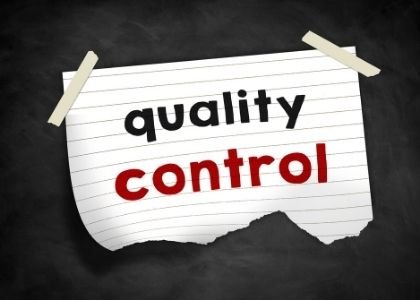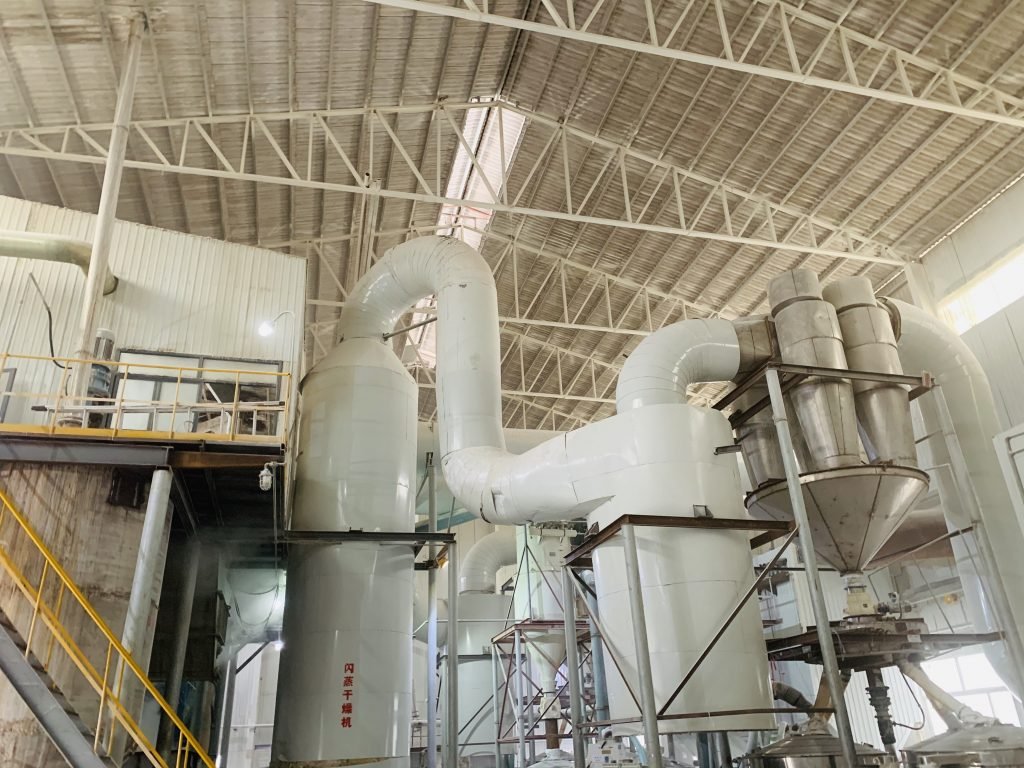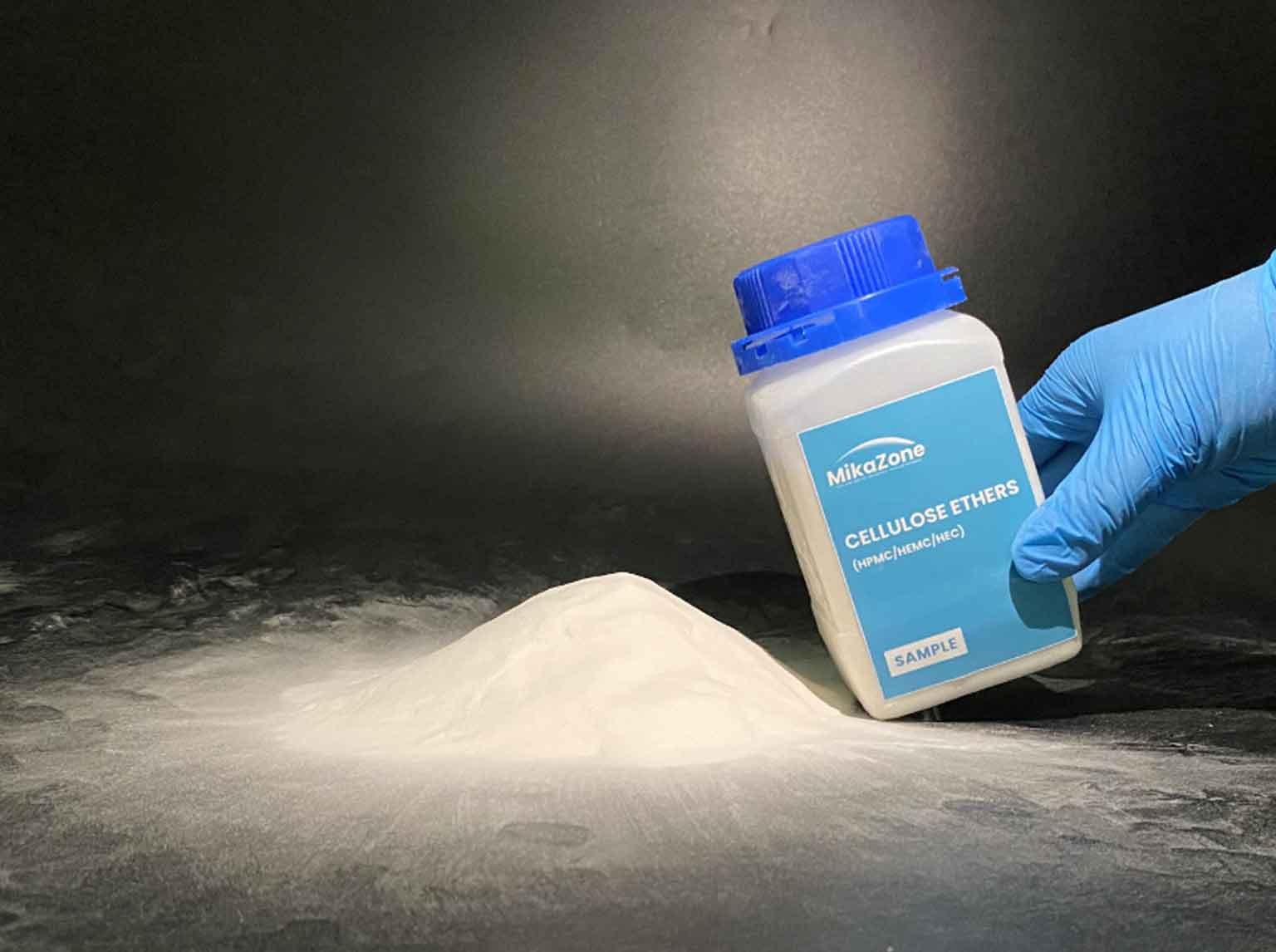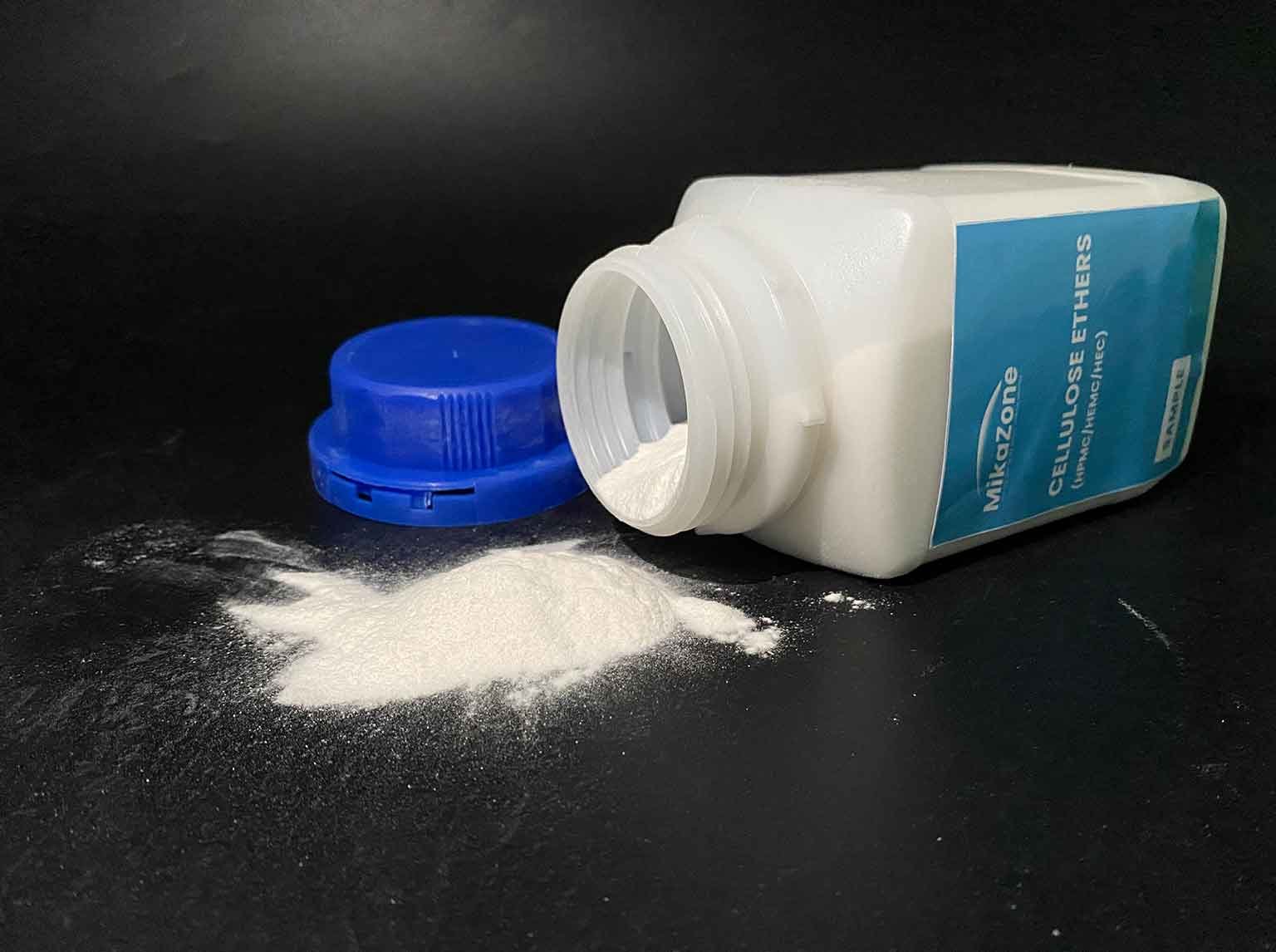The Quality Control of Hydroxypropyl Methyl Cellulose (HPMC)
Hydroxypropyl methyl cellulose (HPMC) is a nonionic water-soluble cellulose mixed ether prepared by etherifying cotton and wood with propylene oxide and methyl chloride after swelling with alkaline. Cellulose mixed ether is a modified derivative of the single substituent for ether. It has better unique properties than the original mono ether and thoroughly and ultimately exerts the cellulose ether’s performance. Out of all the mixed ethers, HPMC is the most important. It is produced through the reaction of propylene oxide with alkaline cellulose. Industrial HPMC is a universal product with the degree of substitution (DS) of methyl group ranging from 1.3 to 2.2, and the molar substitution (MS) of hydroxypropyl group ranging from 0.1 to 0.8. Based on the data mentioned earlier, the difference in content and properties of methyl and hydroxypropyl in HPMC leads to the difference in viscosity and uniformity of the final products, which can cause fluctuations in the finished product quality in various production corporations.

HPMC generates ether derivatives through a chemical reaction, resulting in profound changes in its composition, structure, and properties, especially cellulose’s solubility. The manufacturer can obtain ether derivatives which can dissolve in water, dilute alkaline solution, polar solvents (such as ethanol and propanol), and nonpolar organic solvents (such as benzene and ether) based on the different types and quantities of introduced alkyl groups, which significantly expands the varieties and application fields of cellulose derivatives.
- The Effect of the Alkalization Process on the Quality of HPMC
The alkalization process is the first step of the reaction stage in HPMC production, and it is also one of the most critical steps. The inherent quality of HPMC products is largely determined by the alkalization process rather than the etherification process. The alkalization effect directly affects the subsequent etherification. HPMC interacts with an alkaline solution to produce alkaline cellulose. Alkaline cellulose is highly reactive. In the etherification reaction, the etherification agent affects the degree of swelling and penetration of cellulose, the etherification’s primary and side reaction rate, the uniformity of the reaction, and the final products’ properties when it is introduced into the formation and composition of the alkaline cellulose. Therefore, alkaline cellulose’s structure and chemical properties are essential research subjects in cellulose ether production.
- The Effect of Temperature on the Quality of HPMC

In a specific concentration of potassium hydroxide (KOH) aqueous solution, the adsorption capacity to alkaline and degree of swelling of HPMC will increase with the decrease of reaction temperature. For example, the yield of alkaline cellulose changes with KOH concentration: 15% at 18℃, 8% at 10℃, and 4.2% at 5℃. The mechanism of this trend is that the formation of alkaline cellulose is an exothermic reaction process. When the temperature rises, the adsorption capacity of HPMC to alkaline will decrease, while the hydrolysis reaction of alkaline cellulose will increase significantly, which is not conducive to the formation of alkaline cellulose. Based on the above observation, lowering alkalization temperature helps the formation of alkaline cellulose and inhibits the hydrolysis reaction.
- The Effect of Additives on the Quality of HPMC
In the KOH cellulose aqueous solution, when salt is used as an additive, the added salt dramatically influences alkaline cellulose formation. When the KOH solution’s concentration is lower than 13%, the adsorption of alkaline by cellulose is not affected by the addition of potassium chloride salt. However, when the alkaline solution’s concentration is higher than 13% after potassium chloride is added, cellulose’s apparent adsorption to alkaline increases as the concentration of potassium chloride increases. But its overall adsorption capacity is decreasing, while the absorption of water by cellulose has dramatically increased. Therefore, the addition of salt is generally unfavorable for the alkalization and swelling of cellulose. But the added salt can inhibit hydrolysis and adjust the system’s free water content, thereby improving the effects of alkalization and etherification.
- The Influence of Production Technology on the Quality of HPMC

The preparation and etherification of alkaline cellulose are carried out in inert organic solvents. Therefore, raw material refined cotton needs to be crushed to obtain a larger surface area and reaction performance to ensure the finished products’ quality. The crushed cellulose, organic solvent, and alkaline solution are added to a reactor. By applying vigorous mechanical stirring at a specific temperature and time, the builder can obtain the alkaline cellulose with uniform alkalization and less degradation. Organic diluent solvents (isopropyl alcohol, toluene, and the like.) are inert to a certain extent, making HPMC release heat in a uniform stepped release manner during the formation process. Simultaneously, to reduce the hydrolysis reaction of alkaline cellulose, the manufacturer will proceed in the opposite direction, thus obtaining excellent alkaline cellulose. Usually, the concentration of the alkaline solution used in this process is as high as 50%.
As a professional cellulose manufacturer, Shandong Meikai Chemical Technology Co., Ltd. has been committed to researching the manufacture and application of cellulose ether, especially HPMC. After striving for 13 years, the MikaZoneTM cellulose ether series has been developed into more than 100 products currently being applied in different fields. Our technical team can also customize products and formulas according to your needs. For more information or a sample, please do not hesitate to CONTACT US !




